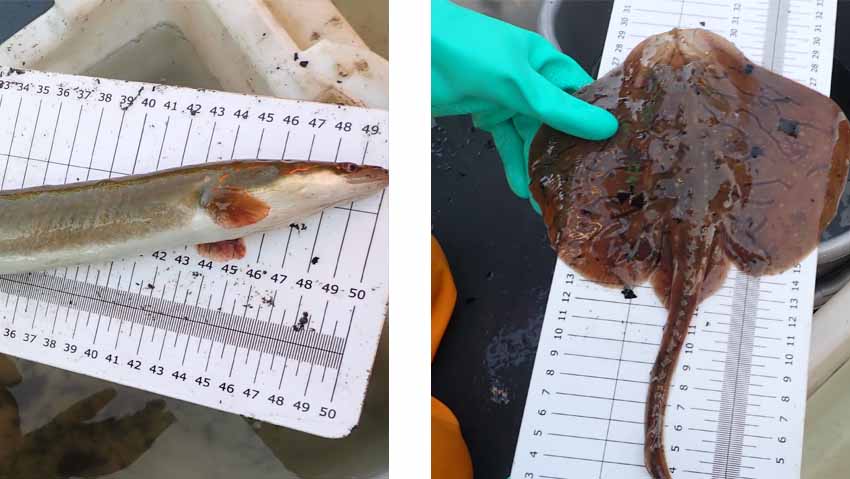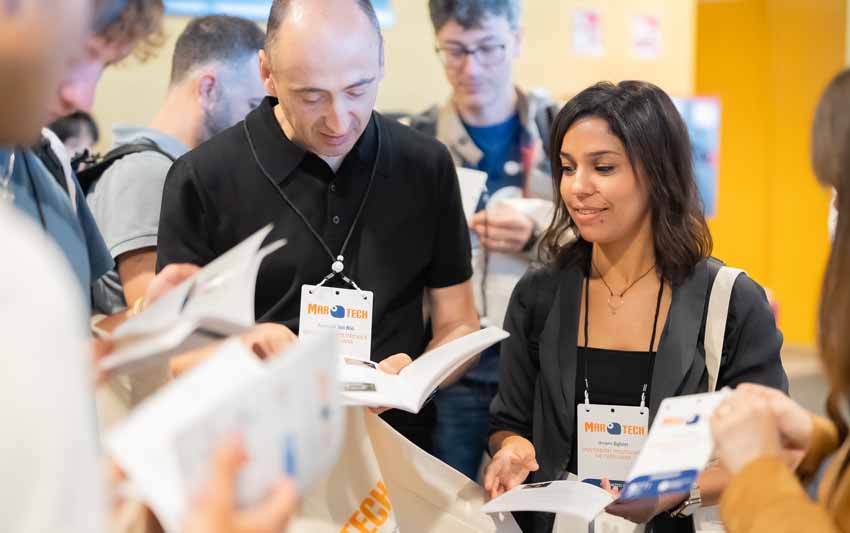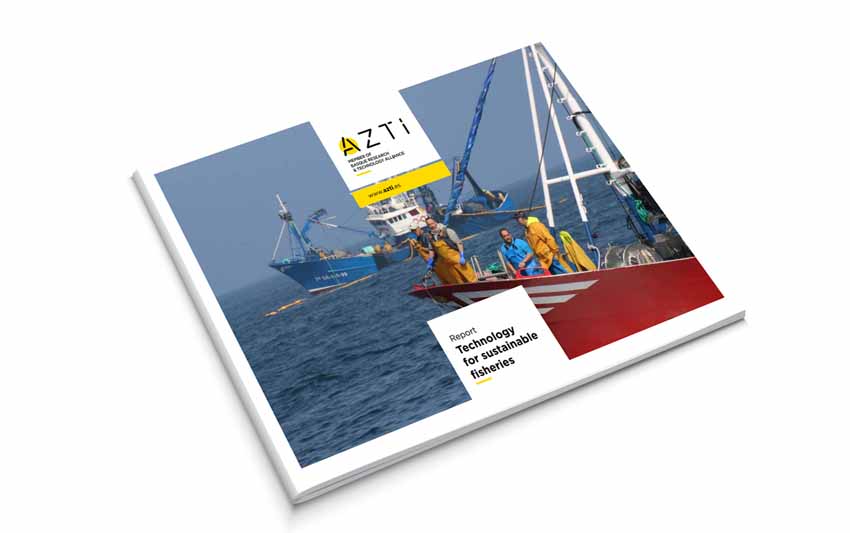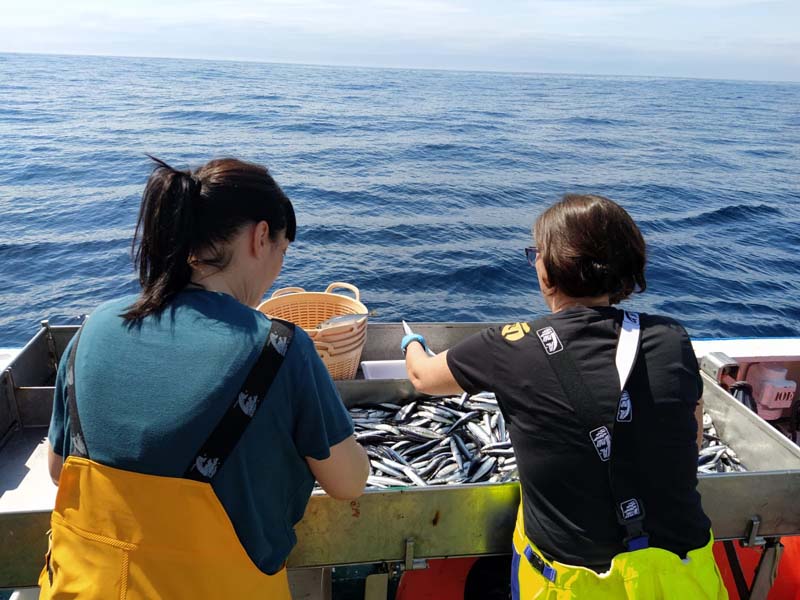We continued sampling for a further year to assess the regeneration of the Bilbao Estuary
Últimas noticias
Una mirada LGTBIQ+ al reino animal
Circular Economy in Action: Valorisation of By-products through Projects like PRIMA NEWFEED
Strategic Perspectives: Highlights from the Food4Future World Summit for Business Leaders
On the 9th and 10th of October, part of the marine research team from AZTI carried out the first phase of the annual study on the regeneration of the Bilbao estuary on board the EKOCEAN Explorer. This phase consisted of sampling with a trawl net, minimising the stress on the fish caught, most of which were released alive.
During the two days of sampling, 20 fish species were identified on board and the length of 738 fish was measured. It should be noted that the working method used allows us to distinguish dead fish, the most likely origin of which is fishing discards, thus increasing the accuracy of the data and the ecological indices. These indices, implemented by environmental directives throughout Europe, have been validated and officially adopted by the Member States after several years of intercalibration.

We will know the exact result of the quality index in a few weeks’ time, but the available data seems to indicate that the bottom communities are still in good condition, largely as a result of the clean-up work.
After the sampling, a statistical analysis of more than 30 years of data on species abundance will be carried out. In addition, the PiE-UPV/EHU (Plentzia Marine Station, University of the Basque Country) has been collaborating since 2011 to monitor the environmental health of the estuary and the Abra. In their laboratories, the tissues of some specimens of sole will be analysed to check for pathologies in the liver or reproductive system. Blood samples will also be analysed at the AZTI laboratory in Pasaia to study the effect of toxic compounds on chromosomes. This will help understand the health of fish most in contact with the sediment, where decades of industrialisation have deposited heavy metals and compounds that can chronically affect estuarine fauna, causing disease or impairing reproduction.
Thanks to the training in taxonomy provided by some of the people who have recently joined the AZTI team, the knowledge acquired by the specialists during decades of participation in these sampling campaigns will continue in the future.
This study, financed by the Bilbao Bizkaia Water Consortium, has been carried out since the 1980s. Its continuity and methodological coherence have been essential for understanding the evolution of the estuary’s environmental state.
Want to see the before and after of the estuary? Download this file with images from the Bizkaia Water Consortium







